10 Tasty Zucchini Varieties for Your Vegetable Garden
10 easy-to-grow varieties beat bland supermarket squash hands-down
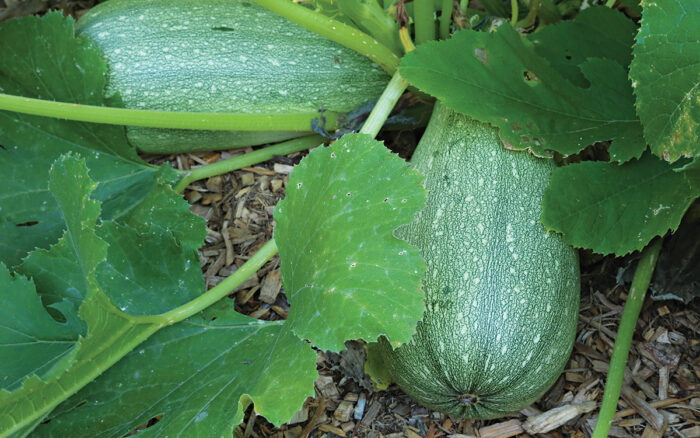
Summer squash is one of my favorite home garden crops because they are easy to grow, and one planting will last an entire season in most locales. The types stocked at grocery stores and farmers’ markets are bred to be high-yielding, attractive, and disease resistant, but they are not nearly as tasty as some of the varieties you can grow yourself. If you’d like to add some gourmet summer squash to your garden, here’s what you need to know.
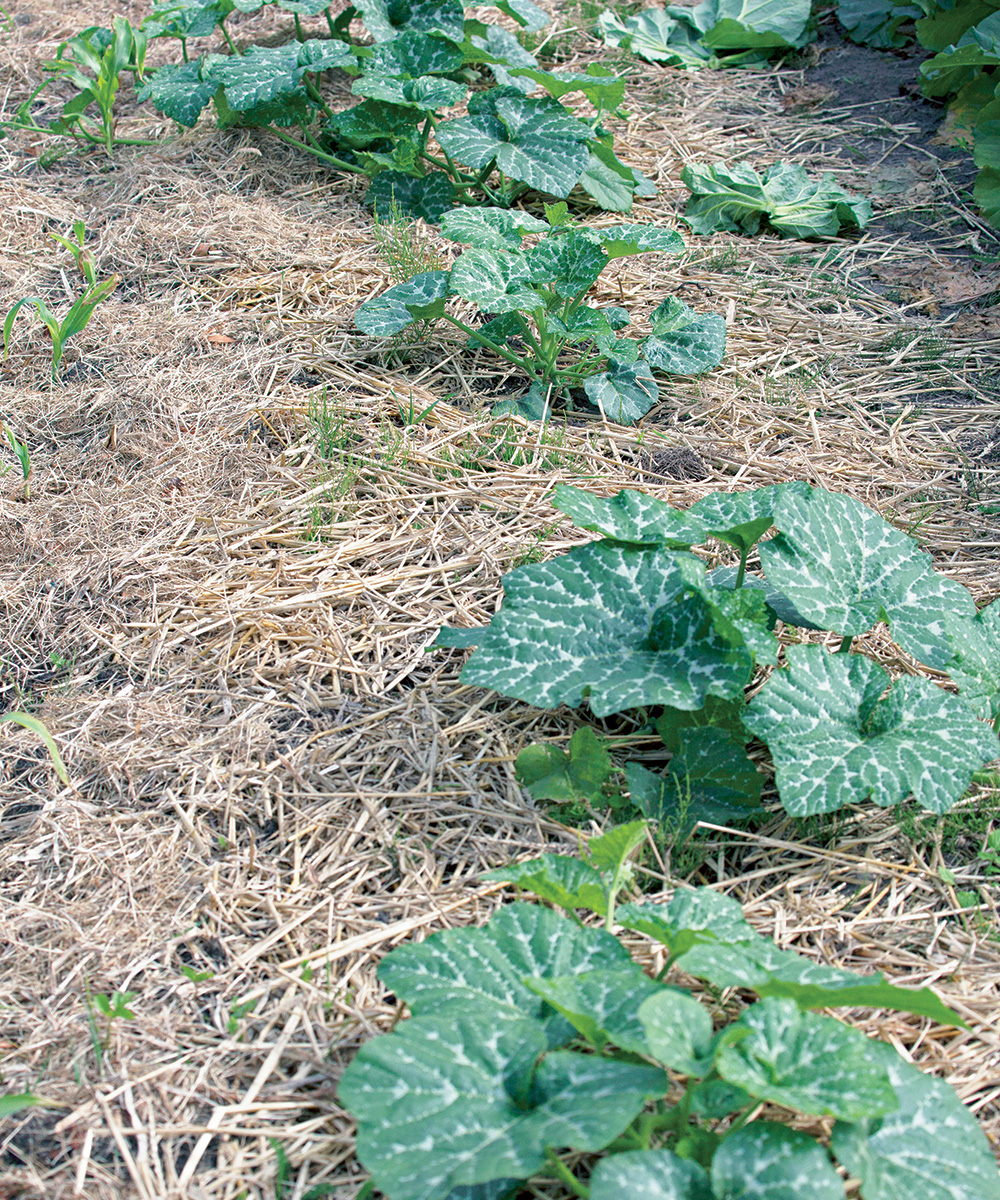
Start with the basics
Summer-squash plants are sensitive to frost, so wait until the danger of frost has passed and the weather has settled before planting. I prefer direct-sowing; it is less work, and I feel that the plants develop better root systems. However, if you are careful, seedlings can be transplanted successfully. The varieties discussed in this article may be spaced 18 to 24 inches apart, in rows 6 feet apart, unless otherwise noted. Varieties with especially big plants perform better with more space. Plants perform best in rich, well-drained soil, but the soil of average fertility will still yield good crops. Plant in an area with good air circulation to help keep plants healthy.
The days to maturity vary from one variety to the next, but once the fruits get big enough to pick, be sure to harvest them often. Picking every couple of days or so will keep the plants producing new fruits. If the plants are not kept picked, they will stop producing new fruits and direct their energy into the existing ones.
Varieties: Pick a winner
The following summer squashes have outstanding flavor. Disease resistance codes, if any, are listed after the variety description; “IR” indicates intermediate resistance. Even the varieties not specifically bred for disease resistance will generally produce big, healthy plants.
| Disease Codes |
| CMV – cucumber mosaic virus
PM – powdery mildew |
WMV – watermelon mosaic virus
ZYMV – zucchini yellow mosaic virus |
‘Costata Romanesco’
This old-fashioned Italian variety is the best zucchini I have ever eaten. The ribbed fruits are attractive, and the dense flesh is packed with delicious zucchini flavor. Because the flesh is less watery than that of the higher-yielding commercial varieties, it remains firmer when cooked. Its strong flower attachment makes it easy to harvest with the flower intact, and the big flowers are also excellent stuffed. Space the semi-vining plants 3 feet apart for best results.
‘Trombocini’

Sometimes listed as ‘Tromboncino’, this big, vining Italian heirloom produces elegant fruit with dense, nutty flesh. While most summer squashes are hollow-stemmed Cucurbita pepo cultivars, this one is a C. moschata with solid stems that resist squash vine borers. Grow it on the ground or, for straighter fruits, on a trellis. Sow the large plants 3 feet apart.
‘Benning’s Green Tint’
Here’s an adorable old-fashioned patty pan with a shape that looks like a spaceship. The vigorous, 3- to 4-foot-wide plants produce an abundance of tasty, pale green fruits that are best enjoyed when they are 2 to 3 inches in diameter.
‘Spineless Perfection’
Smooth, shiny, medium green fruits set ‘Spineless Perfection’ apart. An excellent choice for regions with significant disease pressure, it sports an open, spineless plant with fruits that are very easy to harvest. IR: PM, WMV, ZYMV
‘Cue Ball’, ‘One Ball’, and ‘Eight Ball’
‘Cue Ball’ is light green, ‘One Ball’ is yellow, and ‘Eight Ball’ is dark green. The round fruits are typically harvested when they are 2 to 3 inches in diameter. They are perfect for stuffing or for cutting in half and grilling. IR: PM, WMV, ZYMV (‘Cue Ball’); IR: WMV, ZYMV (‘One Ball’)
Yellow Crookneck

This old favorite is well known for its excellent eating quality. The fruits have a unique, slightly bumpy but attractive appearance. For the best flavor and texture, harvest them when they are no more than 4 to 5 inches long. The plants are big and late to bear, but they have a long harvest period. For the best results, plant them 3 feet apart.
‘Partenon’
Unlike most zucchini varieties, ‘Partenon’ is suitable for both outdoor and greenhouse production. It is parthenocarpic, which means that it will set fruit without being pollinated by insects. The plants, which may be staked or trellised, have an open habit, making harvesting the medium green fruits easy.
‘Magda’
‘Magda’ is an exceptionally tasty cousa zucchini, a type commonly grown in the Middle East. These varieties are bred to be pale green and have a slightly bulbous shape that is suitable for stuffing.
Steve Bellavia is a vegetable researcher at Johnny’s Selected Seeds in Winslow, Maine.
Photos, except where noted: courtesy of johnnyseeds.com
Sources
- Fedco Seeds, Clinton, ME; 207-426-9900; fedcoseeds.com
- Holmes Seed Company, Canton, OH; 800-435-6077; holmesseed.com
- Johnny’s Selected Seeds, Winslow, ME; 877-564-6697; johnnyseeds.com
- Rupp Seeds, Wauseon, OH; 800-700-1199; ruppseeds.com
- West Coast Seeds, Vancouver, BC; 888-804-8820; westcoastseeds.com


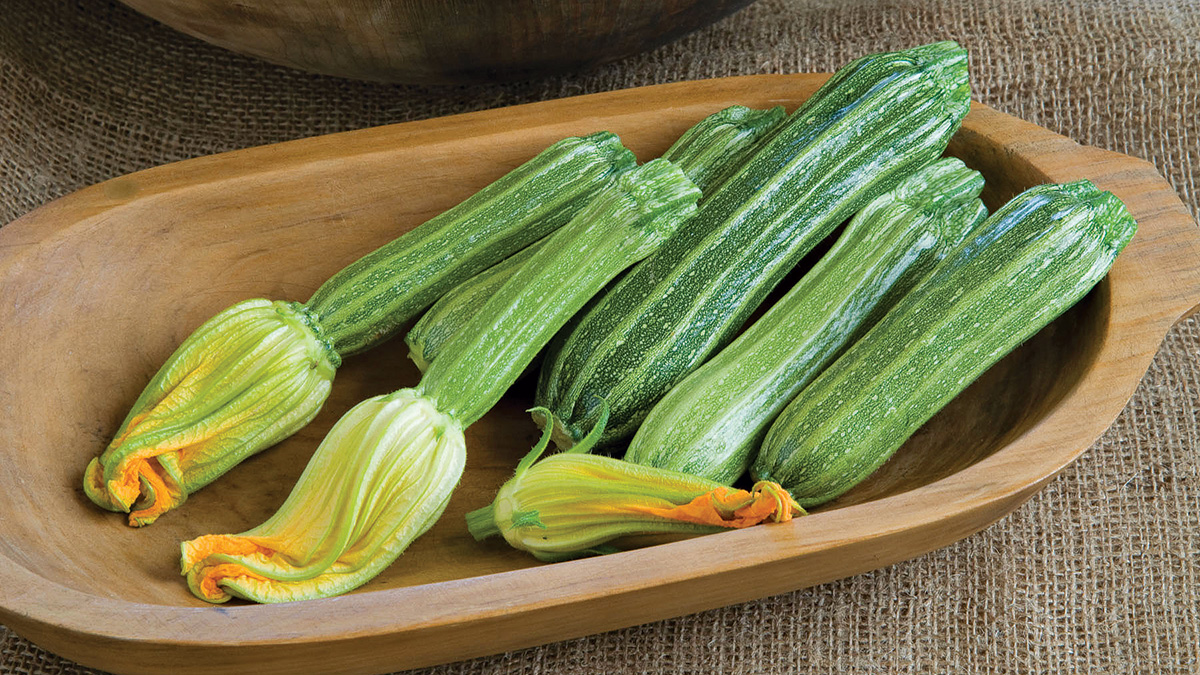
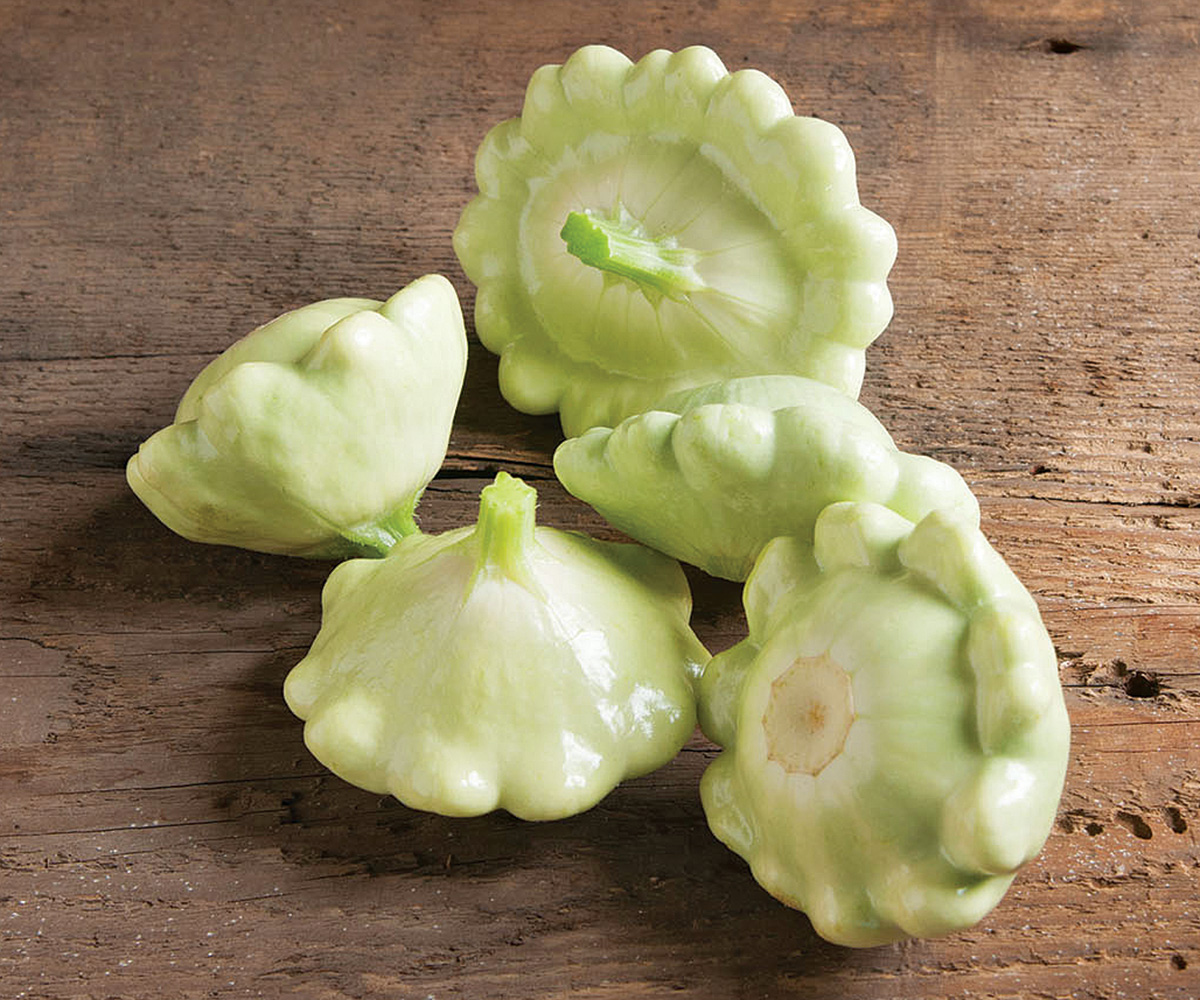
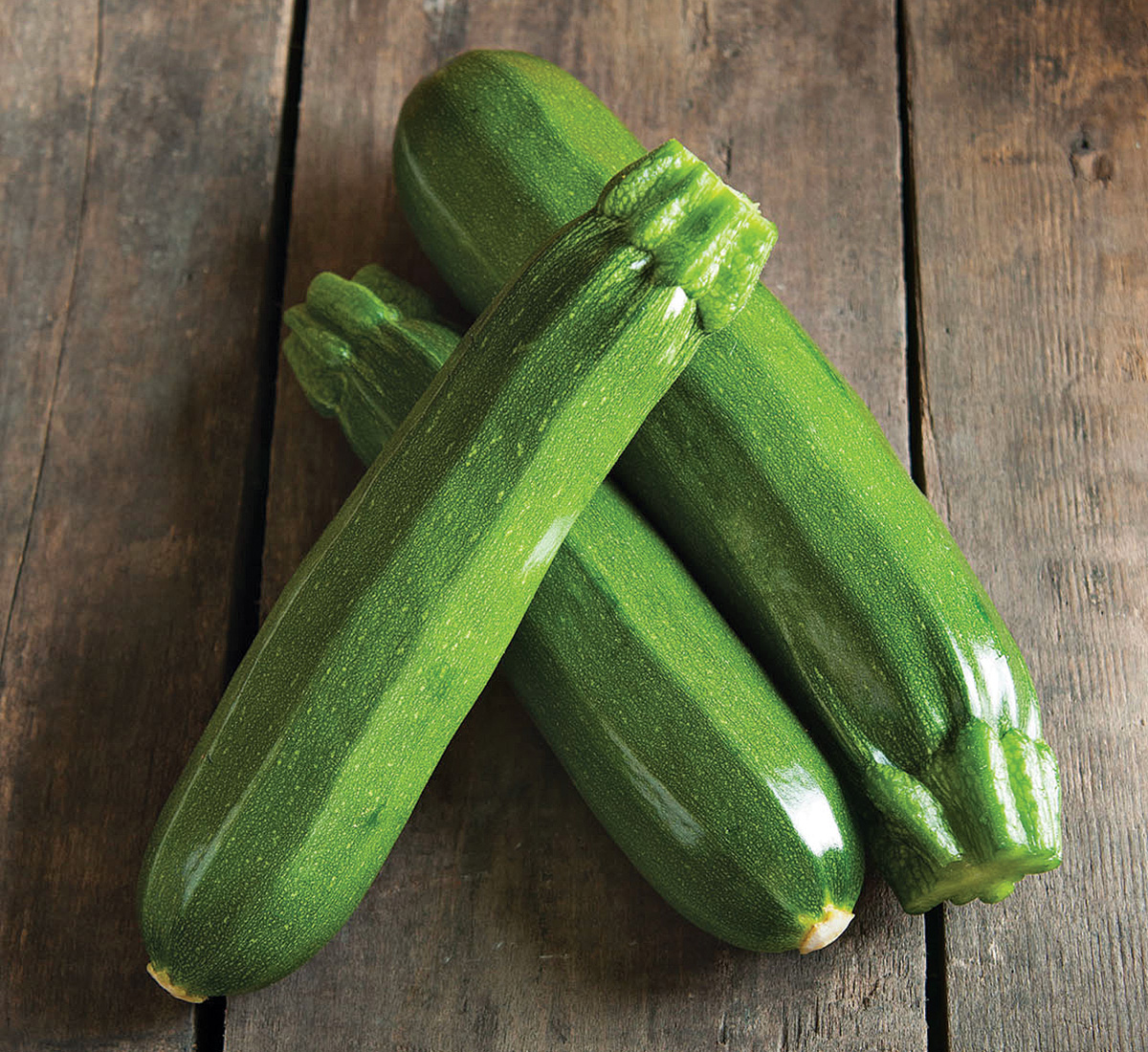



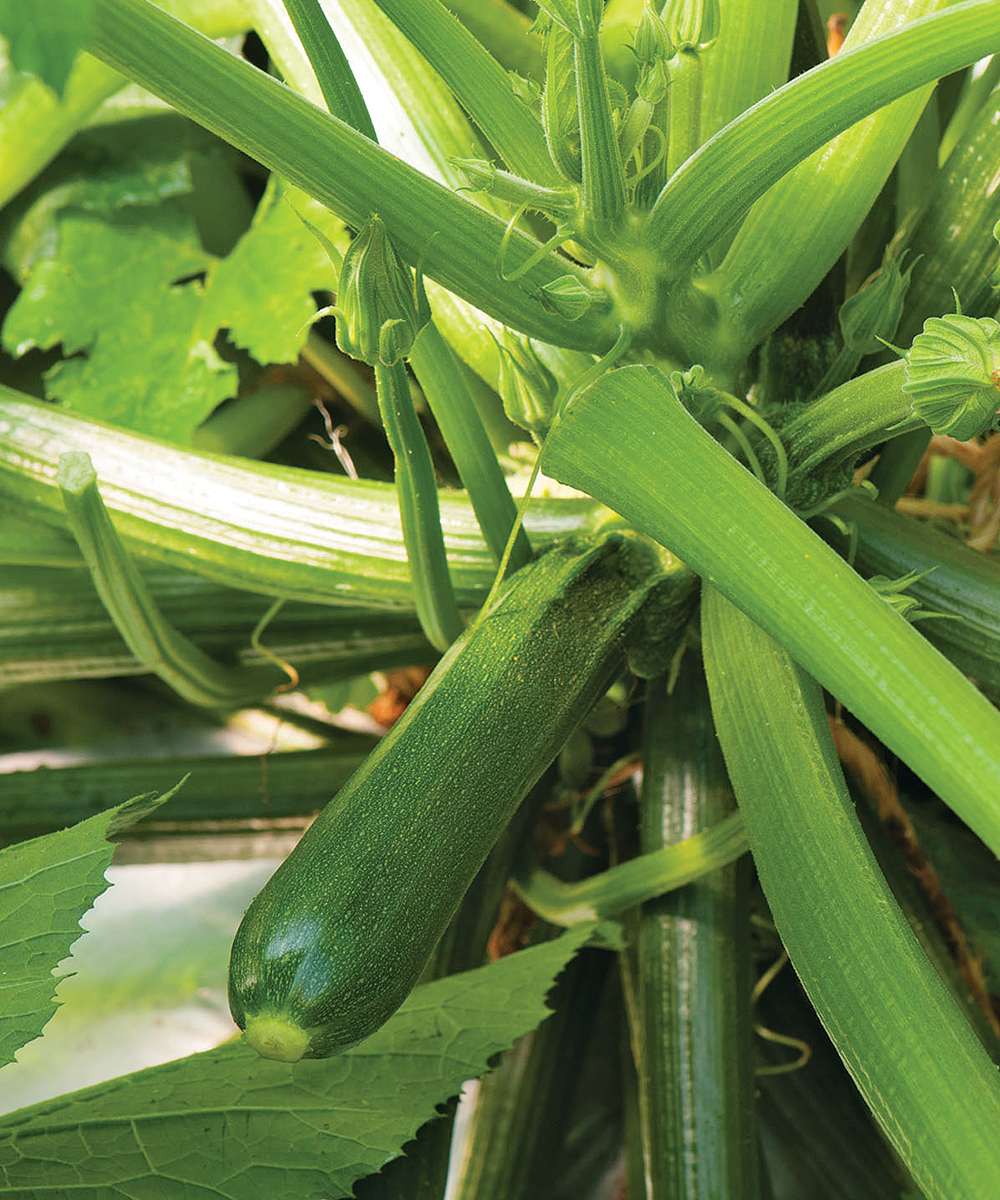
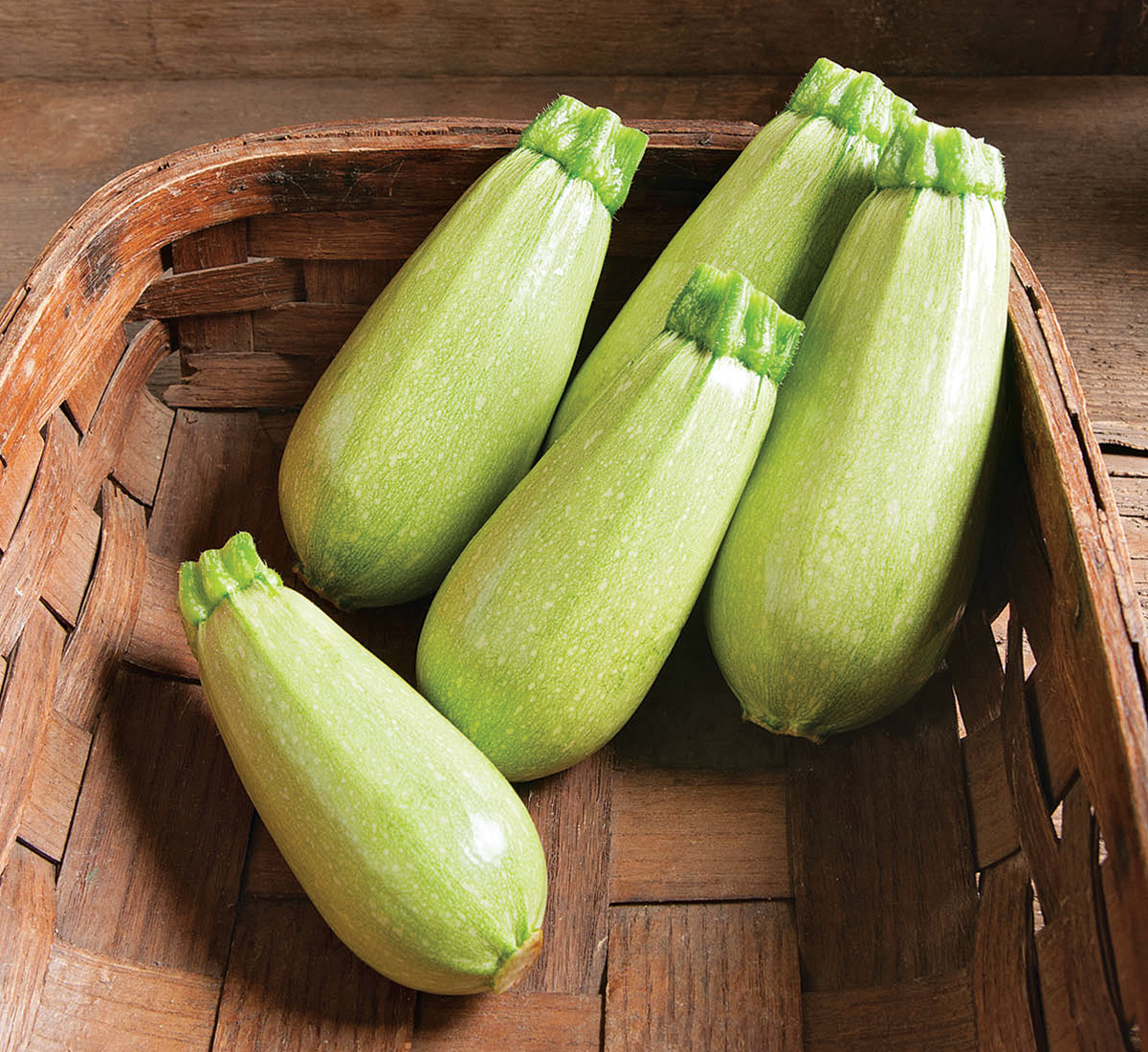



Comments
Log in or create an account to post a comment.
Sign up Log in